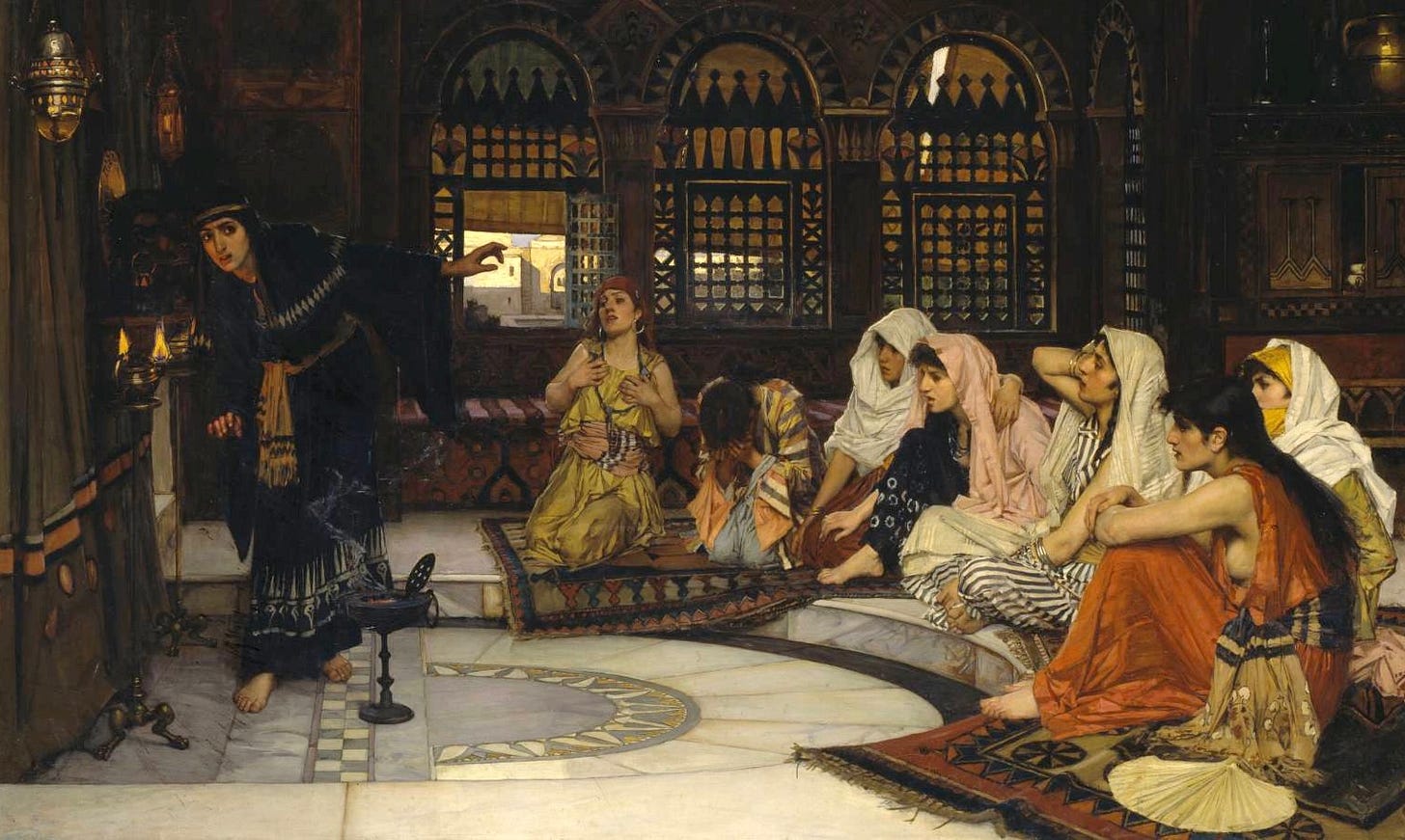This ‘Authentic Self’ Which Is Not One
Some thoughts on artificiality
Hearing the phrase “the authentic self” has always led me to cringe—at least, if not raise an eyebrow at it. Who uses it? And why? These questions matter. I cannot think of an instance where this phrase has referred to anything even remotely authentic. Authenticity should go without saying and should not require imposition upon others. Forcing others to play along makes the authenticity questionable, since “playing along” should not be required. It also cannot be purchased as medical treatment and cannot be made possible by cosmetics. It all seems very common sense—but not really, apparently.
There is a “true self,” in the sense of that which is deeper, not superficial, in what psychoanalyst D.W. Winnicott calls the development of a “false self.” In a piece, dated 1964, Winnicott writes:
In one way I a…




